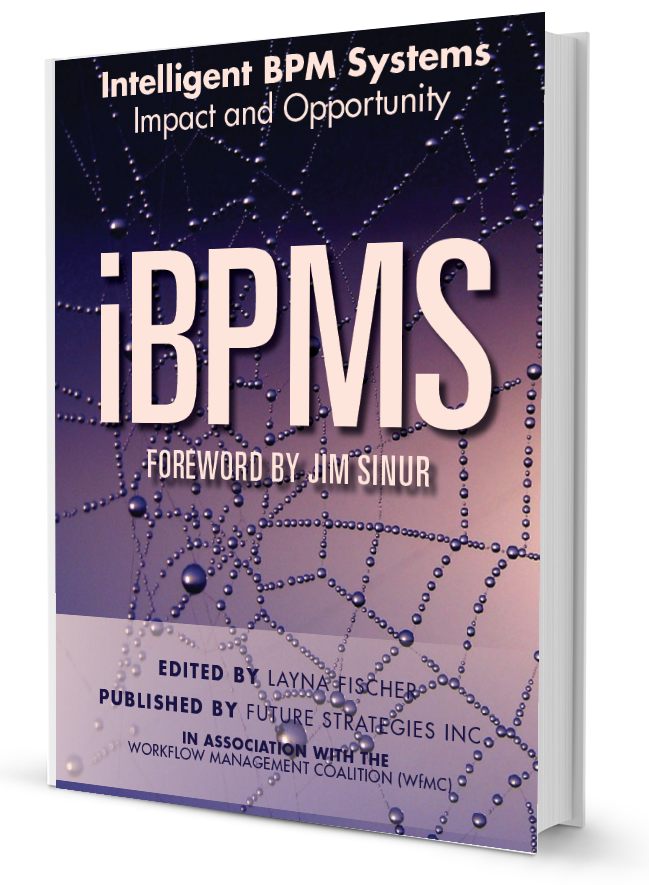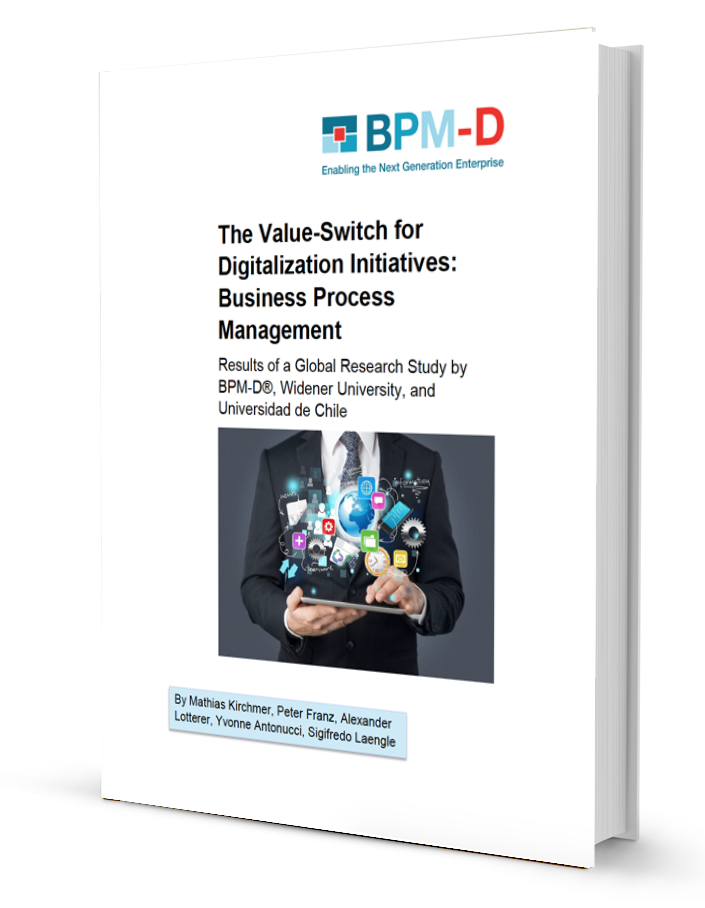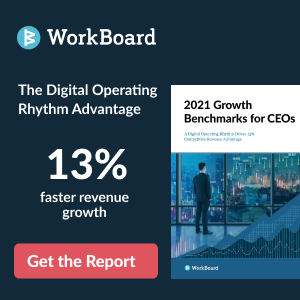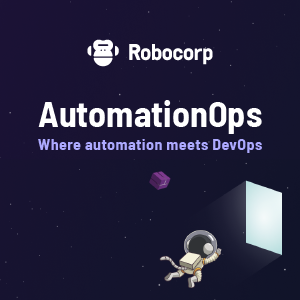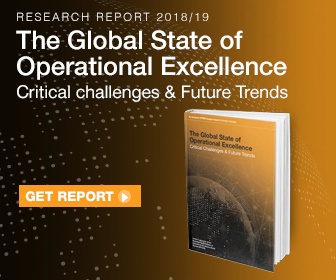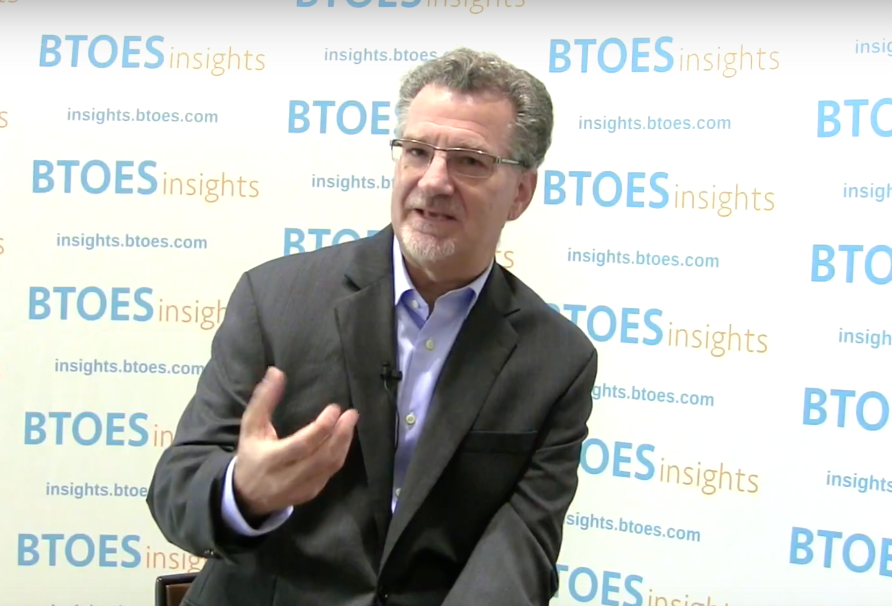While the price of crude oil dropped by more than half in 2014, many oil & gas executives found the need to cut costs. As occurs in almost any industry downturn, capital budgets were slashed; projects and assets abandoned, and massive layoffs ensued.

Many executives view such crises as an opportunity to transform their company by taking out large chunks of non-value added costs and overhead that quietly crept into the company during better times. Executives also wonder how they can sustain this reduction in waste. They don’t want to this to be a one-time purge.
For that reason, many executives are wondering how they can address their “cost culture” or “spend culture” with the belief that if they can get people to be more conscious about what they spend, they can avoid such dramatic cuts during the next downturn. So how do you change the “cost culture”? That’s the million-dollar question (or more often $100 million dollar question). Following, are five steps to take now if you want to sustain the benefits of your most recent cost cutting cycle.
- Focus on value creation instead of cost reduction - When leaders announce that the company needs to cut costs and slash spending, employees often respond by saying that leaders aren’t committed to safety, environmental sustainability, or reliability. Other employees blindly embrace the cost cutting edict, and cut costs that they shouldn't. When you say, “cut costs”, they hear “stop spending money”. The reality is that you don’t want to cut ALL costs. If you can spend $100 today to save $1,000 tomorrow, then you should still do that. What you really want people to do is to make better decisions about how they spend money. Your company has already taken a big chunk of non-value added cost out, but if you want to make a sustainable change that people will get behind, consider pivoting the conversation and making it about creating value instead of reducing costs. People can argue with “cost reduction”. They can’t argue with “value creation”. It’s a subtle but important distinction.
- De-emphasize budgets - This may sound counter-intuitive. After all, the first thing many managers do when they need to “cut costs” is slash budgets. But if you want to change the culture, then you have to start by changing the process. And if you want people to behave differently, then you have to reward them differently. Therefore, rather than rewarding people for staying under budget, reward them for making good decisions. When budgets are in place, all a person has to do to be rewarded is stay within their budget. They might make really terrible decisions and waste all the money, but if they stay under budget they are good to go. Ultimately, when spend is managed through budgets, one of two things takes place. Either money is spent that shouldn’t have been, or money isn’t spent that should have been. Instead of managing by budgets, establish decision rights that set an employee’s allowable threshold for individual transactions. If they need to spend above that threshold, they should present the business case for doing so to their leader (or to a leader that does have the right level of decision rights). Keep in mind that there are still financial forecasts, and there should be consequences for missing the forecast. The company needs to be able to forecast its cash flows.
- Vary decision rights based on the capability of the employee - Not all employees are equally equipped to make good decisions. Therefore, decision rights shouldn’t be the same for every employee, even for employees in the same job. When decision rights are first implemented, they should be set very low. As employees demonstrate that they make good decisions, they can earn an increase. The autonomy and increased authority gives them an incentive for improving their decision-making ability.
- Teach people how to make better decisions - While most universities and graduate programs teach people how to use tools that help them make decisions (i.e. spreadsheets, statistics, financial accounting, etc.) they don’t actually teach them a decision making process. Companies should develop a decision making process based on best practices and teach it to employees (see the image below). This has the added benefit of standardizing the decision making process and making it easier for leaders to understand and communicate how decisions were reached.

- Create simple tools to enable the decision making process - A small investment in tools will be necessary to implement this new decision making process. For instance, developing an easy to use excel model to help employees calculate the ROI of a decision will be helpful. Likewise, a simple, one page template that can be used to communicate a recommendation when seeking approval for a decision outside their decision rights is essential. Don’t let it turn into a giant IT project though. Or at least evaluate the ROI before you do!
Do companies actually do this? As a matter of fact, they do! Companies like Koch Industries have used the concept of decision rights to create a culture of entrepreneurship and value creation (see Chapter 6 in Charles Koch’s book The Science of Success). If you would like to talk more about how you can apply these principles in your company, don’t hesitate to email me at: cseifert@wilsonperumal.com.
View Chris's Contributor Profile

Proqis Digital Virtual Conference Series
View our schedule of industry leading free to attend virtual conferences. Each a premier gathering of industry thought leaders and experts sharing key solutions to current challenges.
View Schedule of Events

.png)
-1.png)















































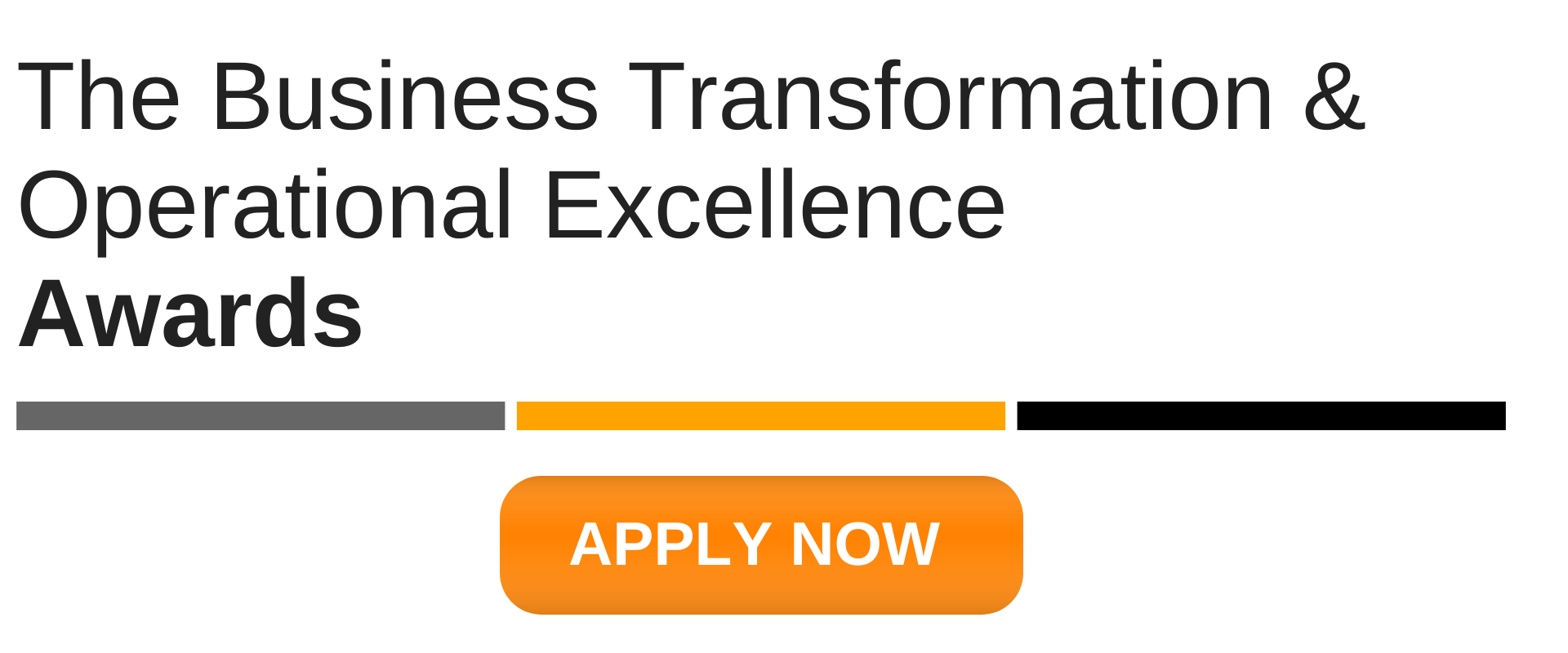

-2.png)
-2.png)
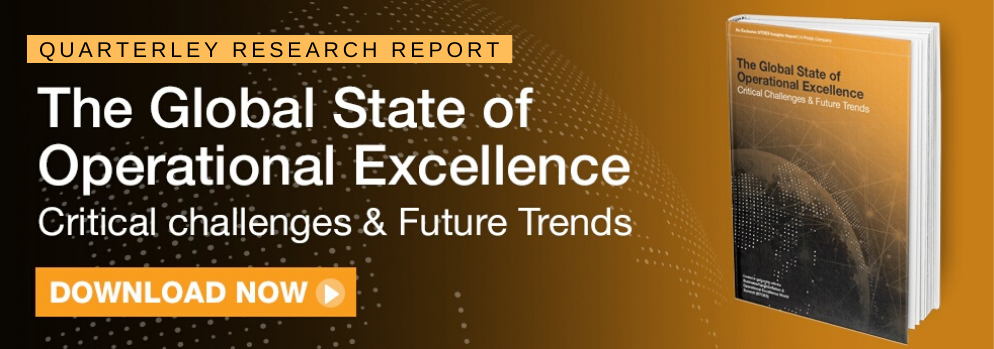




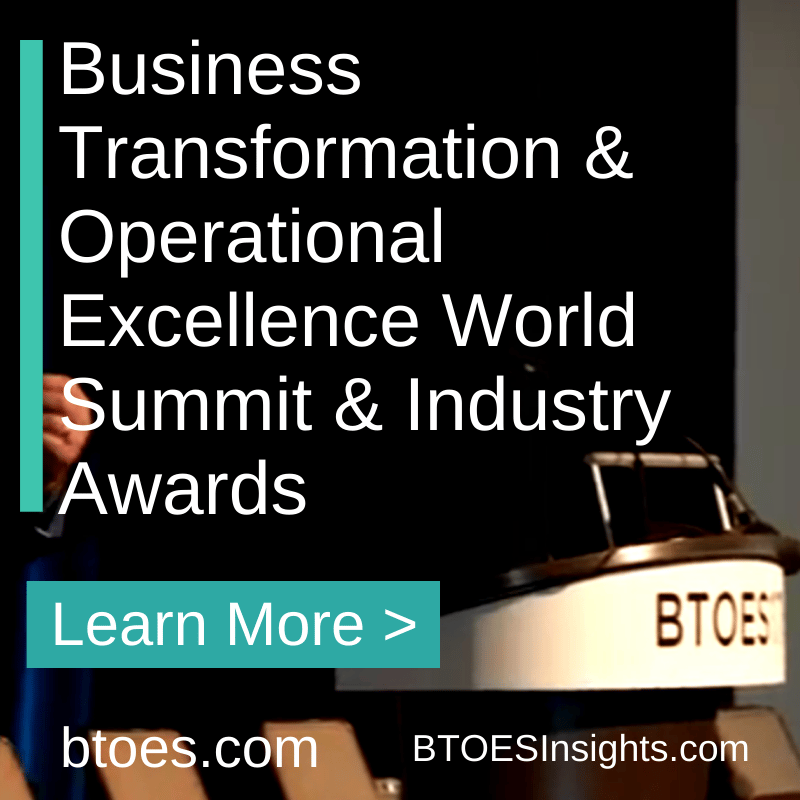
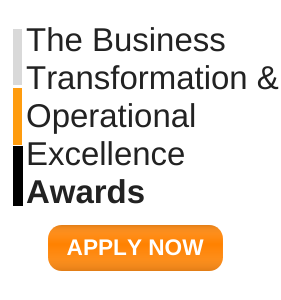
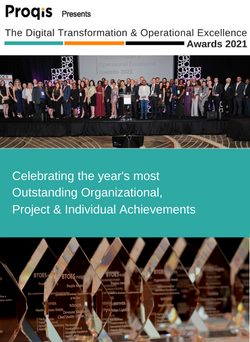


%20(1)%20(1).png?width=1410&name=Add%20a%20heading%20(8)%20(1)%20(1).png)




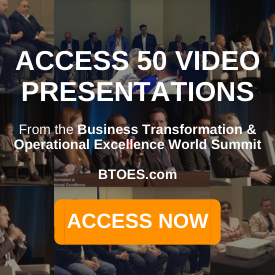
.png?width=300&height=300&name=LINKEDIN%20AWARDS%20GRAPHIC%20(1).png)
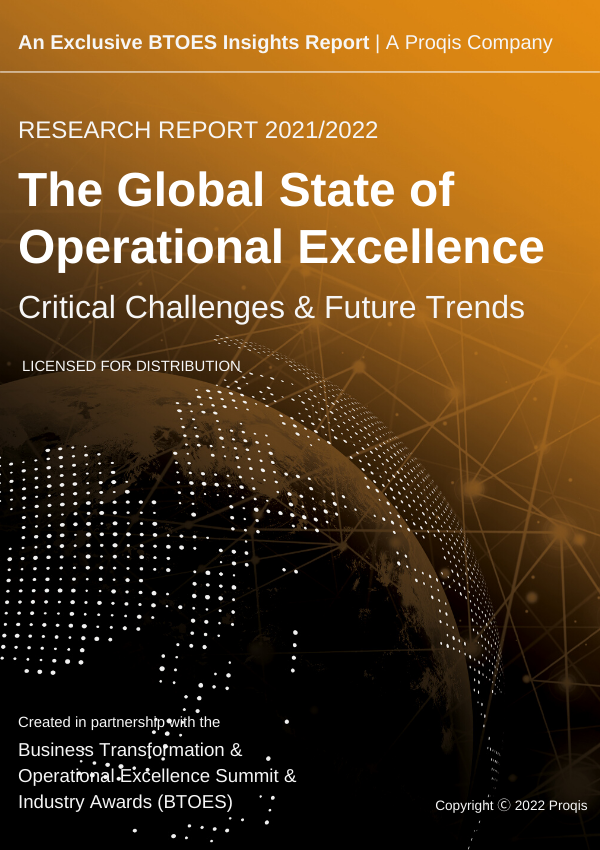
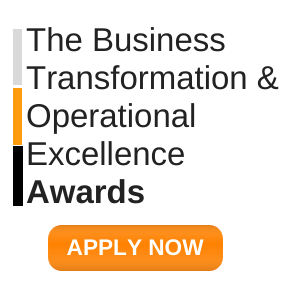
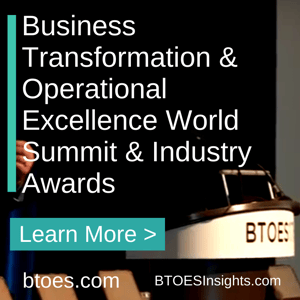

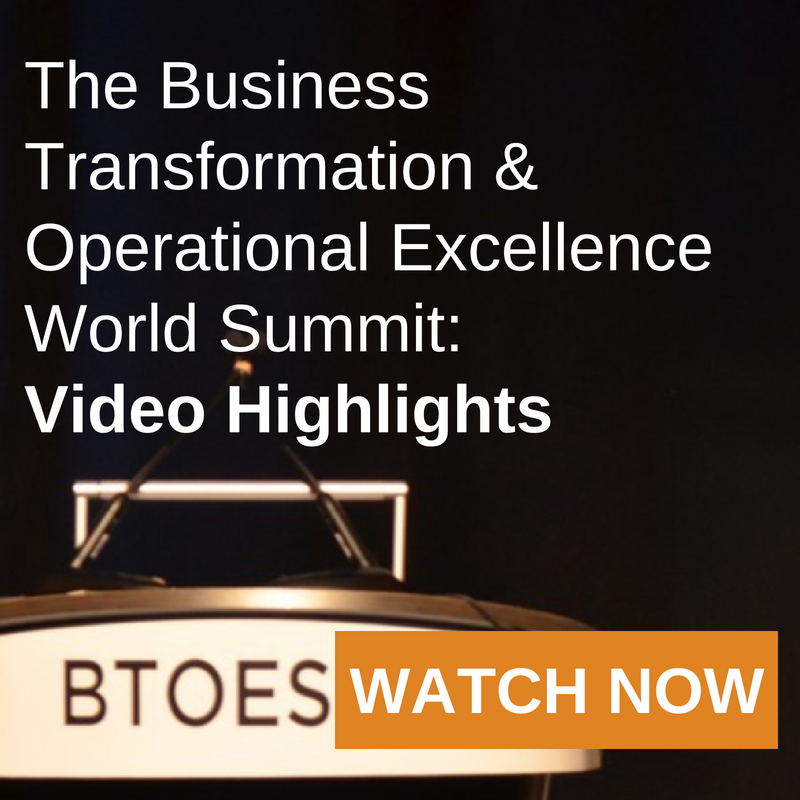


-1.png?width=300&name=ATTENDEE%20-%20Proqis%20Digital%20Event%20Graphics%20(2)-1.png)
-1.png?width=300&name=ATTENDEE%20-%20Proqis%20Digital%20Event%20Graphics%20(1)-1.png)




